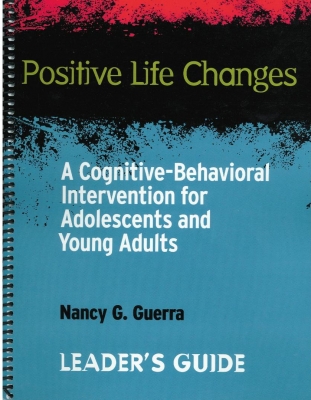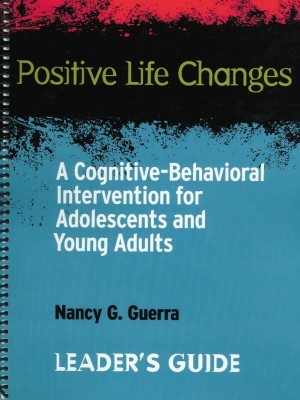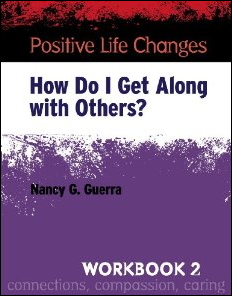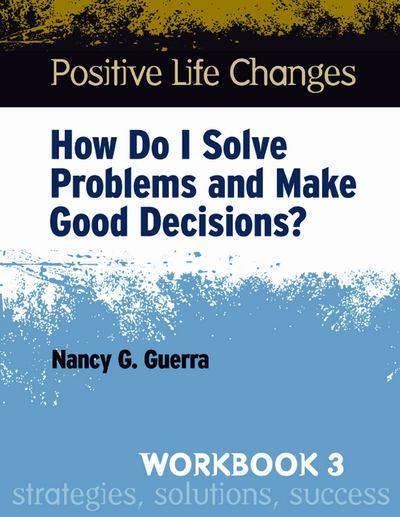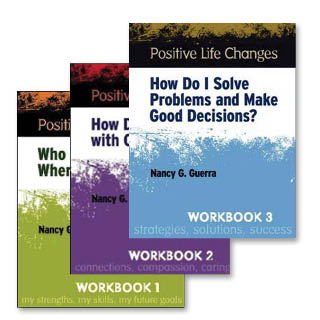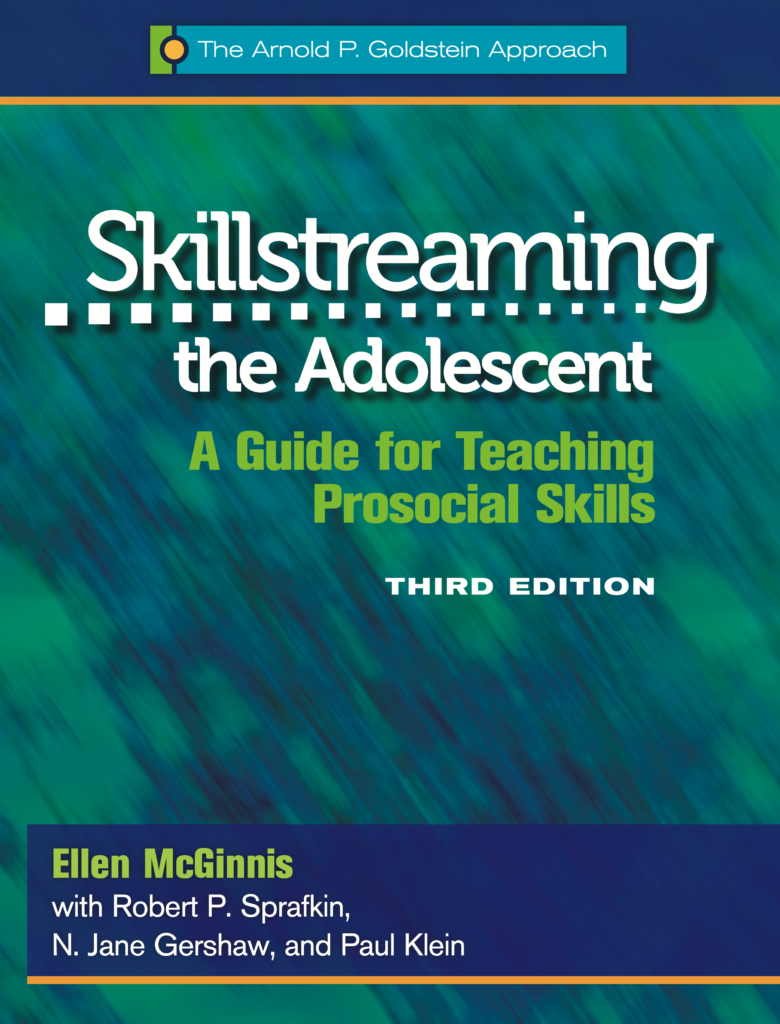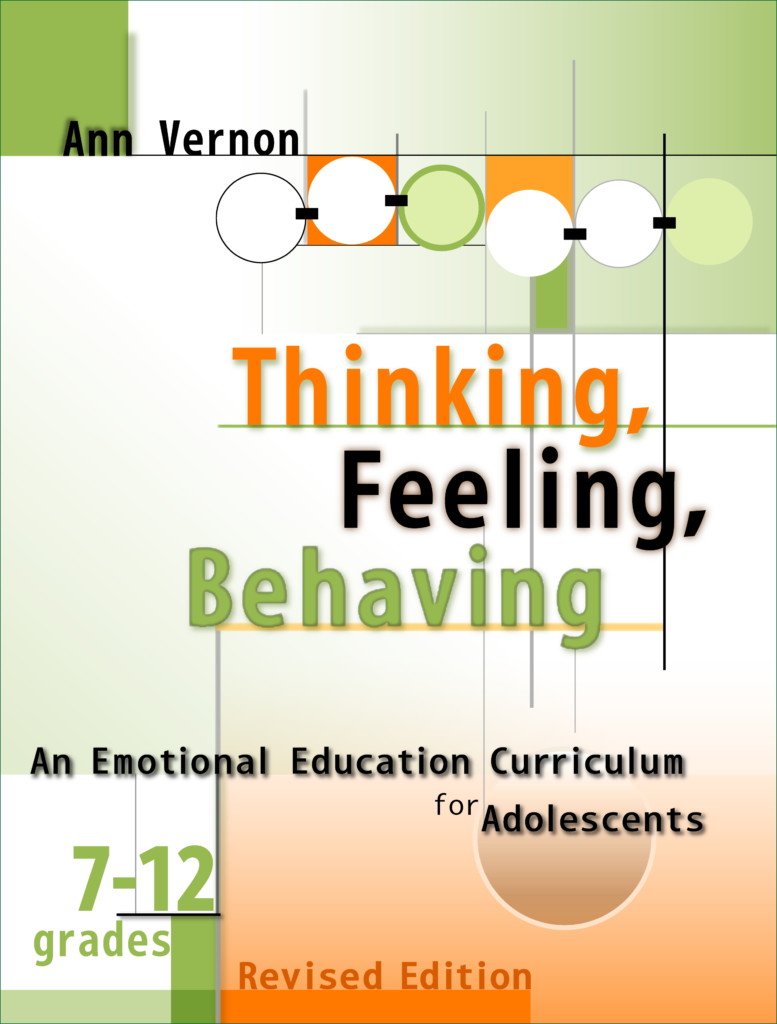The primary focus of this workbook is on helping participants increase self-awareness, learn more about how their brain works, identify what they are good at and what they can get better at, think about their goals, and learn to manage their emotions and behavior.
The emphasis in this part of the program is on positive sense of self and self-control. Positive sense of self includes enhancing feelings about self (self-esteem), understanding personal strengths and challenges (self-awareness), and developing confidence in one’s own ability to take action (self-efficacy and sense of purpose). This sense of self provides a foundation for setting clear goals in the present moment and in the future. Self-control includes proactive control (willpower) and reactive control (impulse control and anger management). Lessons in this part of the program are designed to help participants learn more about who they are, what they want to change about themselves, and how best to do this. The emphasis is on making a realistic assessment of their strengths (and weaknesses) and building on their strengths to accomplish important personal goals. There is also a secondary emphasis on mindfulness, which emphasizes being aware and nonjudgmental of experiences in the present moment.
Sold in packets of five, not available individually.
Resource Review
“School psychologists are always looking for new, research-based interventions and programs. . . . By teaching students empathy, the importance of belonging to positive social groups, and other skills, Positive Life Changes enhances social skills and life competencies. . . . The assessment materials included with the program allow data-based decisions to be made about the intervention and the individuals in the program.”
—Amanda Pike, MSPA Newsletter
Minnesota School Psychologists Association



